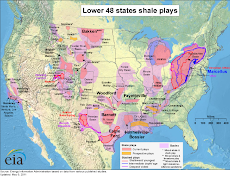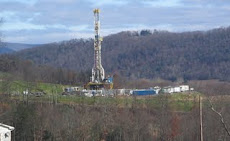Peter
The World Drills On
08 August 2010

With reason to hope that the ruptured oil well in the Gulf of Mexico is being brought under control, it's time to start thinking into the future. The Obama Administration is sticking by its ruinous deepwater drilling moratorium, when it would be better to take a hint from the rest of the world's oil-producers. Their response to the Gulf disaster? Learn from it, and drill on.
Norway, run by the very model of modern environmentalists, announced a deep-water drilling halt until the spill is done. However, its ban applies only to new drilling, unlike the Obama Administration's total ban.
Norway also announced it's moving ahead with a deep water push into the Barents and Norwegian Seas, putting up 94 new blocks for drilling leases. Minister of Petroleum and Energy Terje Riis-Johansen made clear he views the stoppage as temporary.
Brazil is accelerating its drilling pace, announcing it would spend some $200 billion the next five years to tap newly discovered offshore reserves at depths to 23,000 feet. State-controlled Petrobras, the world's biggest deep water producer, recently struck oil three miles under Brazil's sea—a reserve that could yield 380 million barrels of oil and natural gas.
Australian Resources Minister Martin Ferguson has offered 31 new leases off his country's coast that allow for wells at twice the depth of the BP Macondo. As recently as 2000, Australia was self-sufficient in oil and gas but its import costs are rising. The new leases reverse that trend.
"There is no intention by the government to scale back the development of the oil and gas industry in Australia," Mr. Ferguson said. "It is important in terms of the nation's energy security, jobs and the overall economy." Maybe he'd consider a position at Interior?
New Zealand has authorized its first permit to drill off the east coast of its North Island, with Energy and Resources Minister Gerry Brownlee saying it is vital that the country "attract investment" from the same oil companies that U.S. politicians are bashing.
Canada continues to allow drilling in deep water off Newfoundland and Labrador and is moving ahead with exploration licenses in the Arctic. The U.K. is still drilling in deep water in the North Sea.
Many of these countries even hope to benefit from America's politically motivated moratorium by bidding for deep water rigs now working in the Gulf. Brazil's Petrobras is looking far and wide for deep water drilling rigs, with a goal of 60 by 2017, and it's looking to sign long-term contracts with owners of rigs now idled in the Gulf.
These are hardly rogue nations. What they share is an understanding that environmental concerns must be balanced with the reality that oil and gas remain crucial to economic growth, and that their reserves are increasingly in deep water. The leaders of these nations are also confident that the oil industry has the technology and know-how to do this right, with proper oversight.
America's oil and gas reserves are no less essential to the U.S. economy, notwithstanding President Obama's romance with "green jobs." Every day the Administration spends trying to justify its moratorium is one more day when the U.S. is losing jobs that may not return.



